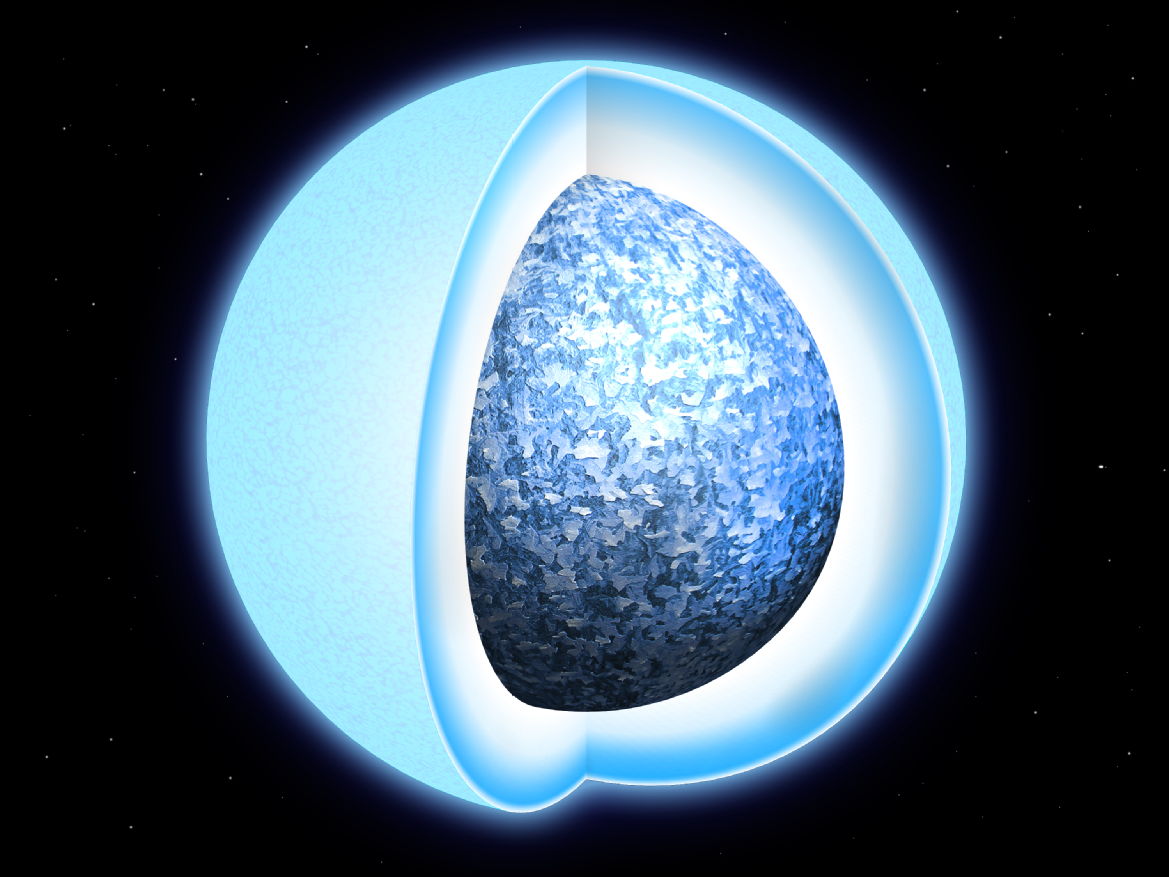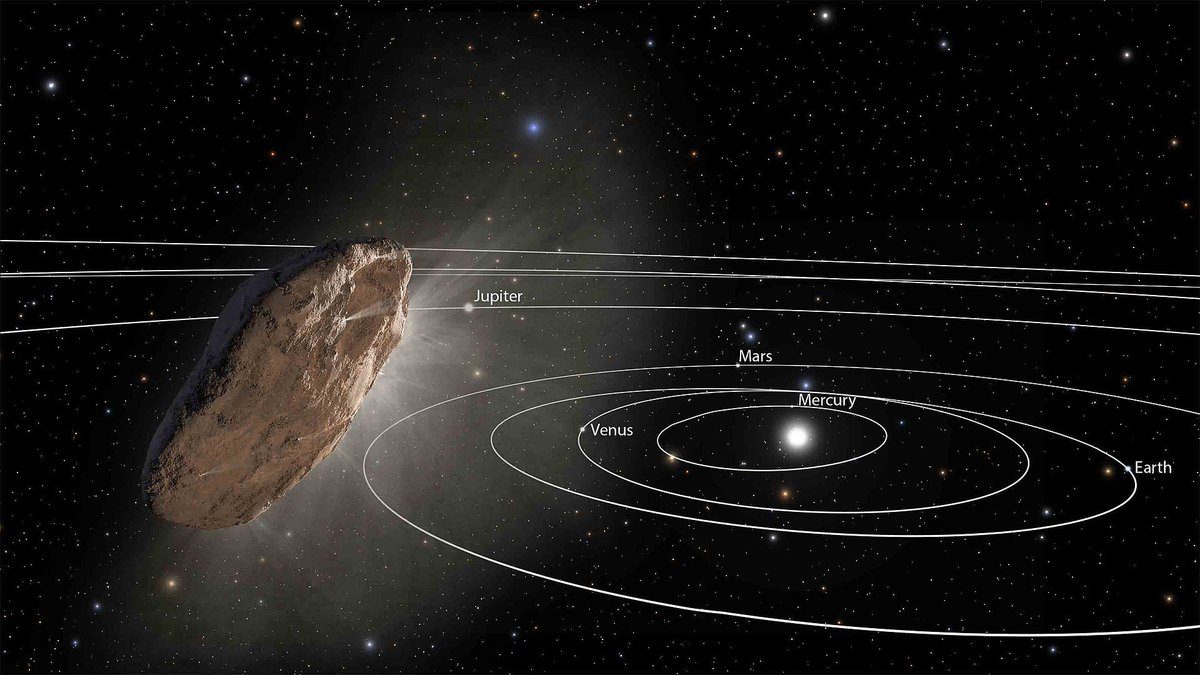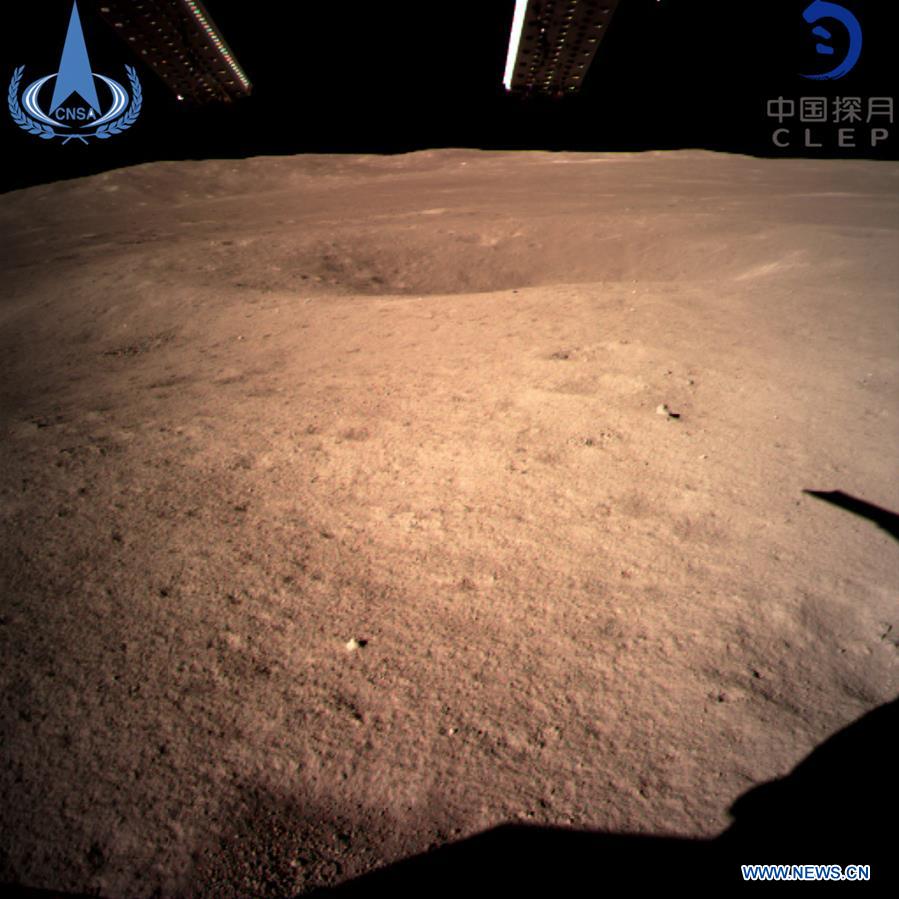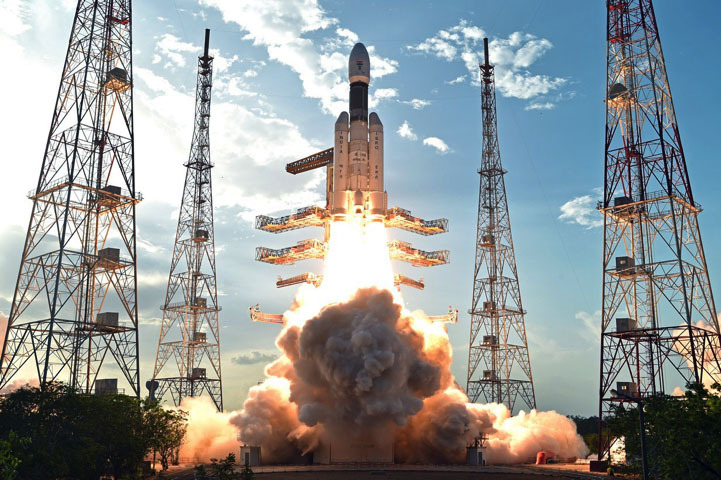About fifty years ago, astronomers predicted what the ultimate fate of our Sun will be. According to the theory, the Sun will exhaust its hydrogen fuel billions of years from now and expand to become a Red Giant, followed by it shedding it’s outer layers and becoming a white dwarf. After a few more billion years of cooling, the interior will crystallize and become solid.
Until recently, astronomers had little evidence to back up this theory. But thanks to the ESA’s Gaia Observatory, astronomers are now able to observe hundreds of thousands of white dwarf stars with immense precision – gauging their distance, brightness and color. This in turn has allowed them to study what the future holds for our Sun when it is no longer the warm, yellow star that we know and love today.
Continue reading “In the far Future our Sun will Turn Into a Solid Crystalline White Dwarf. Here’s How it’ll Happen”









